Pink Pelicans at Lake Manyara
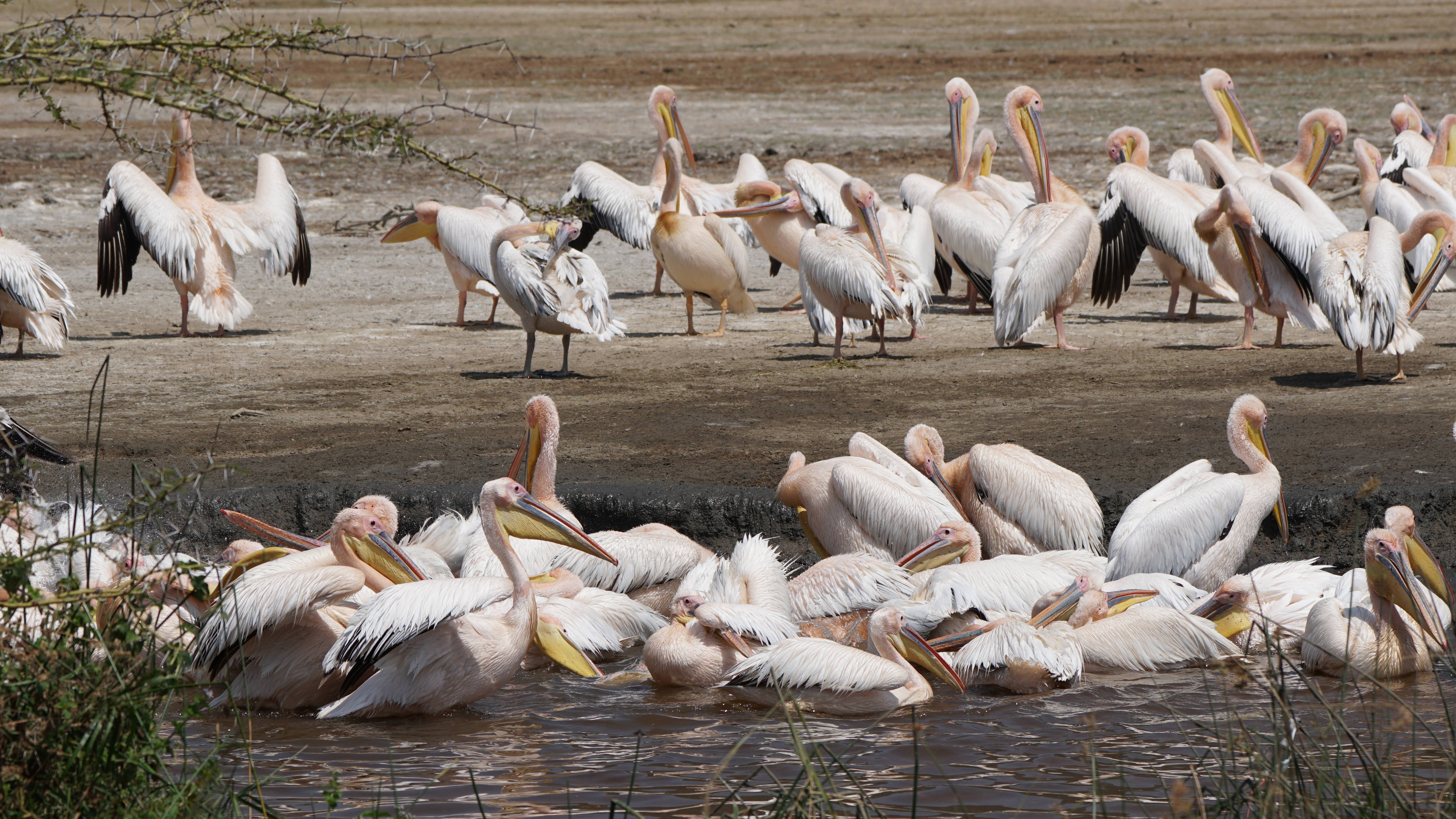
It was another long and dusty ride to our next destination. They say that the government has long debates about paving the roads in Africa. It is thought that smooth roads would increase the traffic and people would drive faster, which would be a greater danger to the animals. You could argue both sides, but I’d be in favor or smooth roads and everyone driving carefully!

The drive was not without some views of everyday life in Africa…
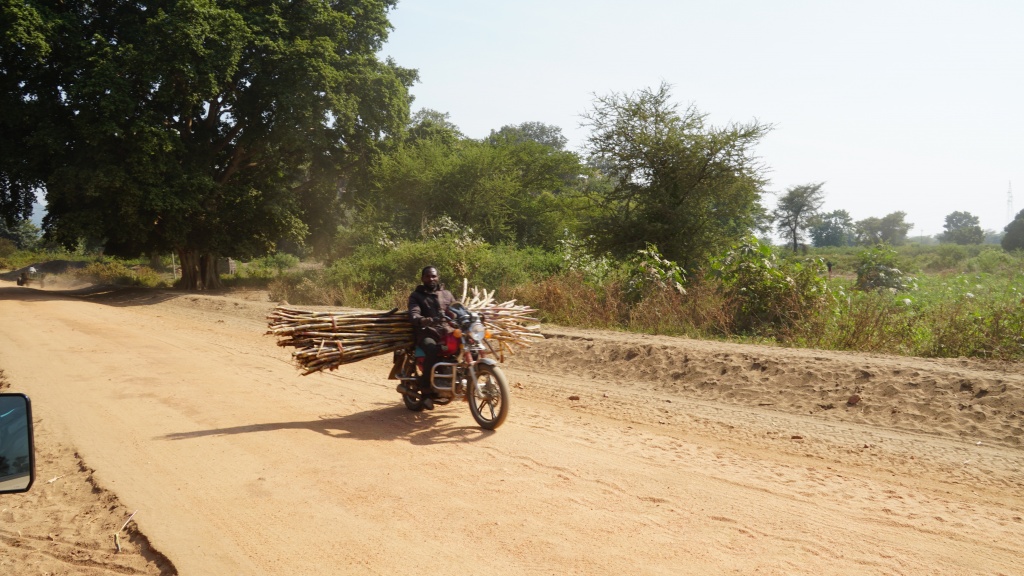
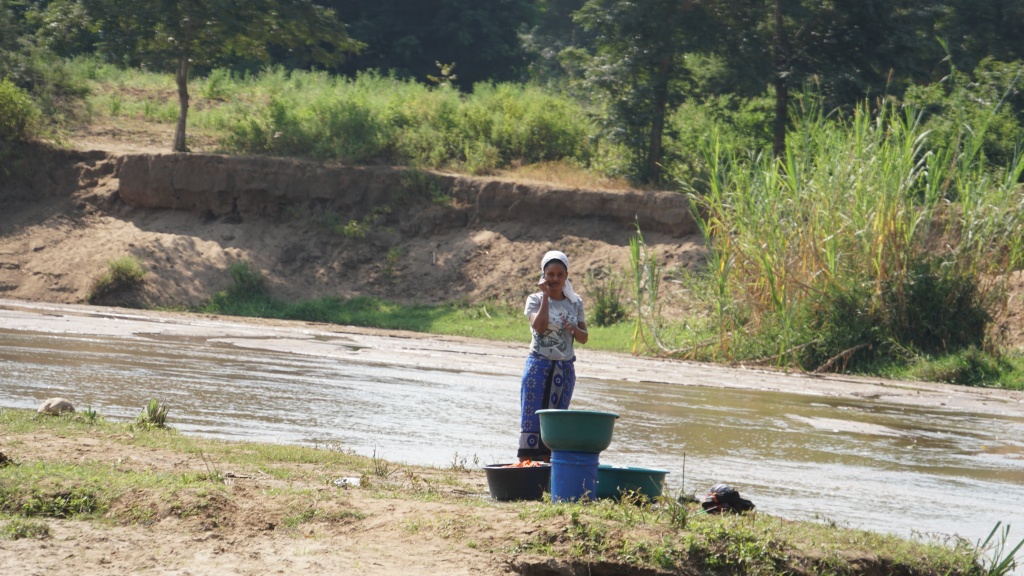
Many children never go to school because their main job is to fetch water for the family. It sometimes takes many hours to walk to available water, and hours to walk back. It’s mind-boggling to know that millions of people spend up to six hours a day just collecting water. Can you imagine a day without the access to daily fresh water?
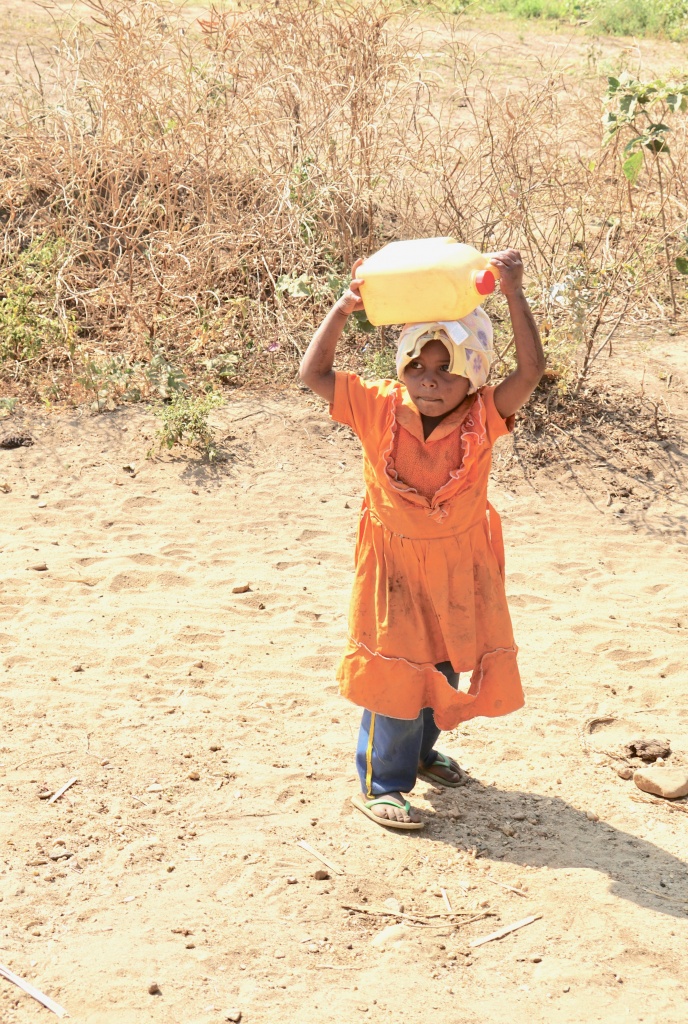
These reminders all over the landscape of Africa remind us of how very lucky we are to have the obvious luxuries like running water, washing machines, indoor plumbing, and conveniences that we have everyday that are non-existent in so many other places in the world. Over two billion people on our planet don’t have access fresh water in their homes…it’s heartbreaking really.
Lake Manyara is one of the smaller nation parks in Tanzania, covering 125 square miles, with 89 square miles of lake surface, famous for its beautiful birdlife. As soon as we enter the park, we are enveloped by the forest of beautiful acacia trees arched above us, which hides animals, both big and small. It’s also a paradise for bird watchers since there are over 400 species that live here.
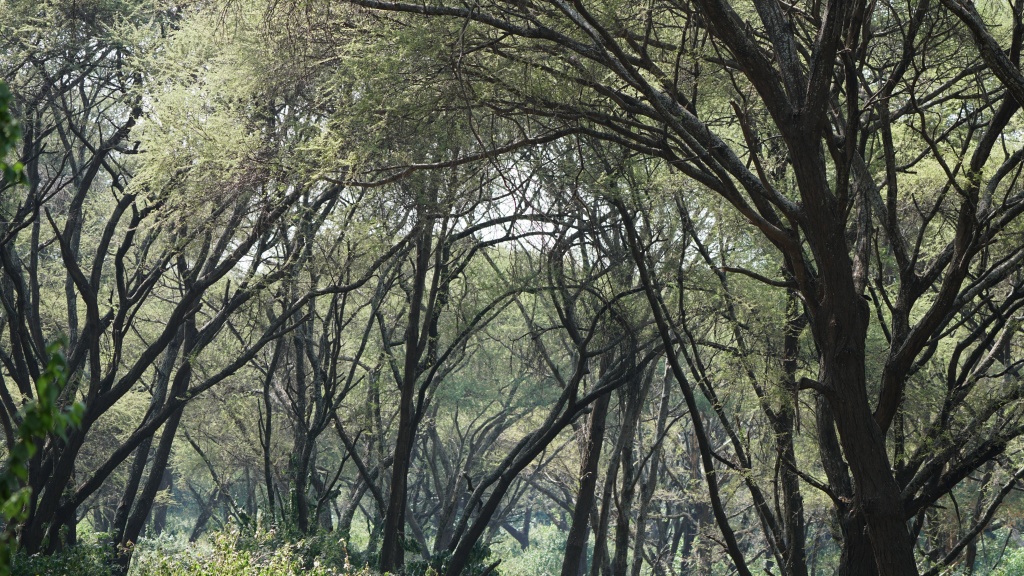
It looks like there are a lot of fun animals hiding in these trees and bushes!
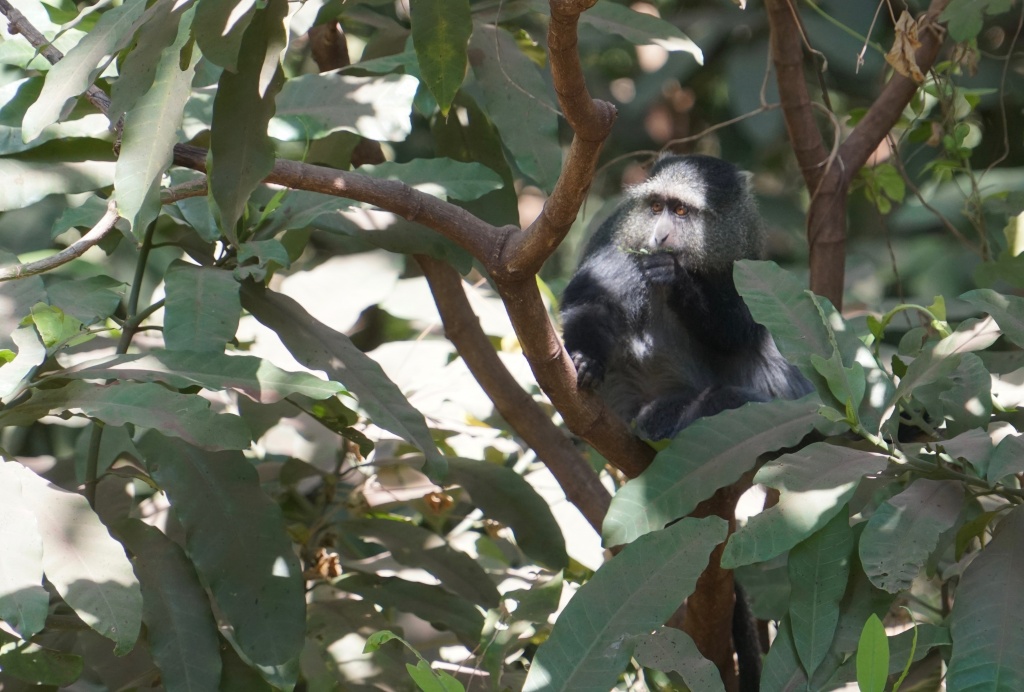
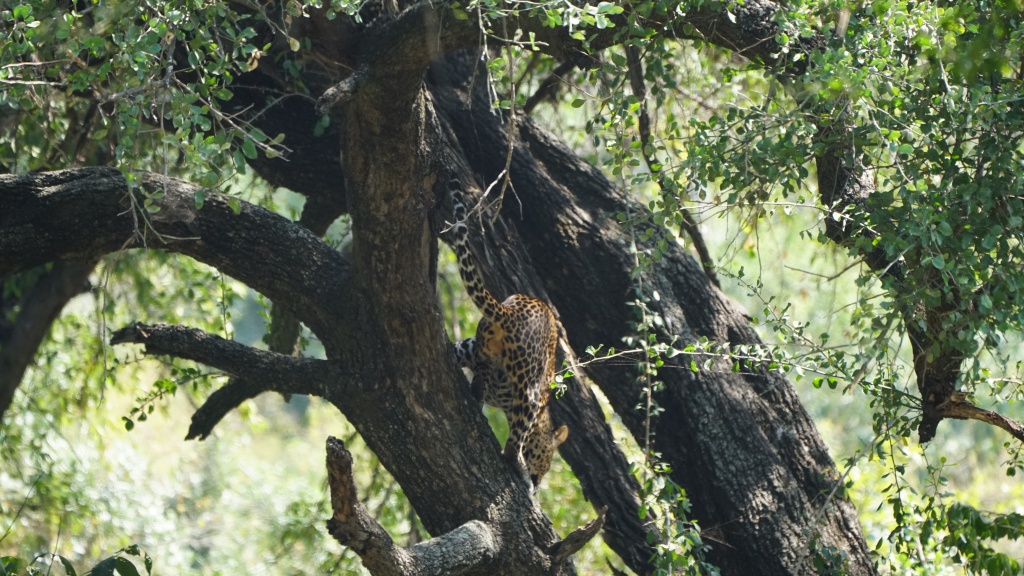
Here is another subspecies of giraffe which we have not seen before (there are nine different types in total). This one has a coat that is white with chestnut colored spots.
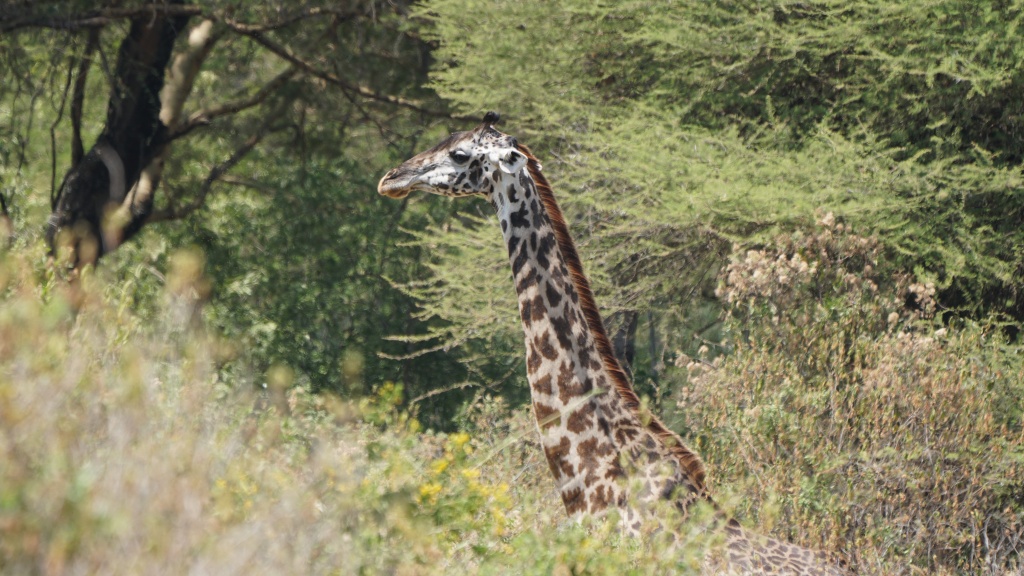
This little critter below is called a dik-dik, a little antelope that’s usually found in pairs, living off of foliage, shoots, berrys and fruits. With their dainty striped ears, they almost look like they are wearing bows on their heads.
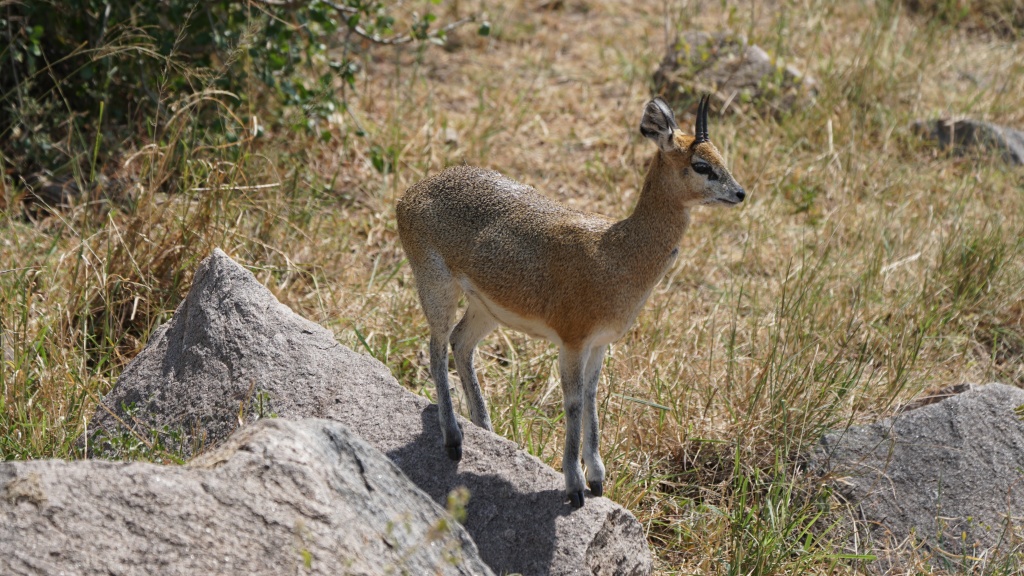
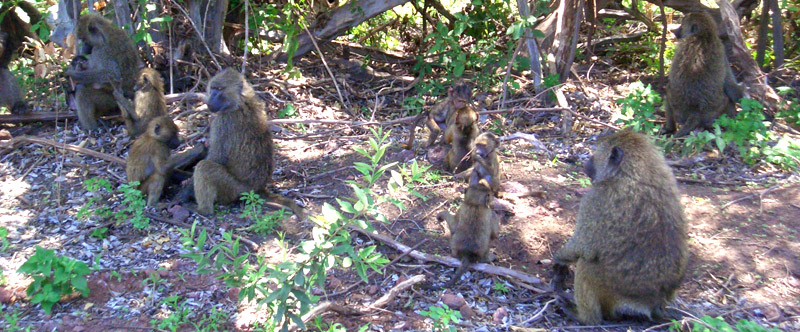
Approaching the lake, the forest opens up to reveal the beautiful waters of the lake, with hundreds of birds flying overhead.
In one direction, you can see a shimmer of pink, as their feathers catch the light of the midday sun. As they turn back, they become dark, black shadows. This is the migration spot and breeding ground for thousands of pink pelicans, who’s underside of their wings are black, accounting for the color change as they soar gracefully overhead. It is also a major breeding ground for pink flamingos and yellow billed storks.
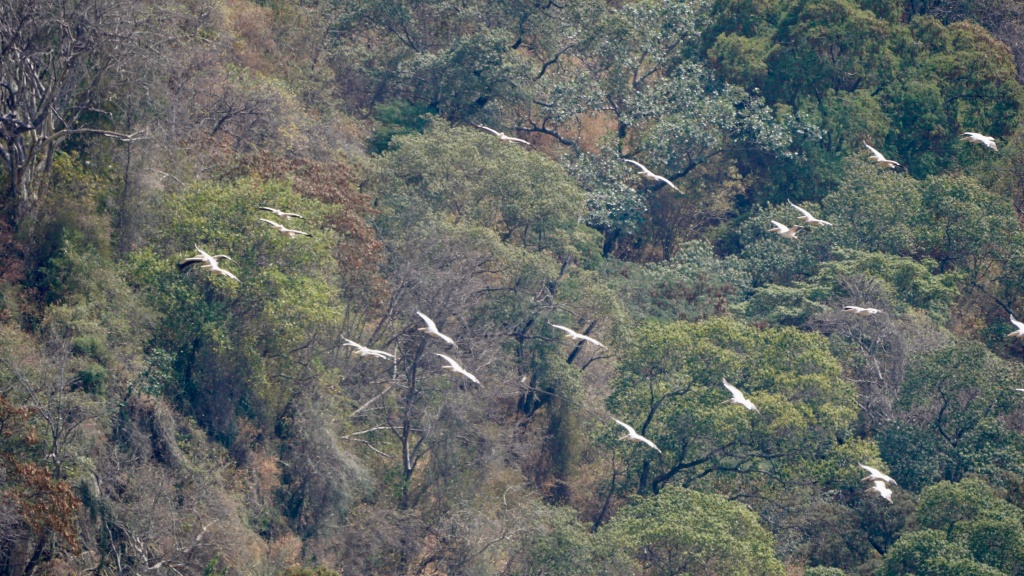
As we get closer to the waters edge, we see the massive grouping of thousands of pink pelicans and hear the ruffling of feathers as they groom and bathe in the cool waters. It’s hard to wrap your brain around the fact that we are seeing thousands of them…
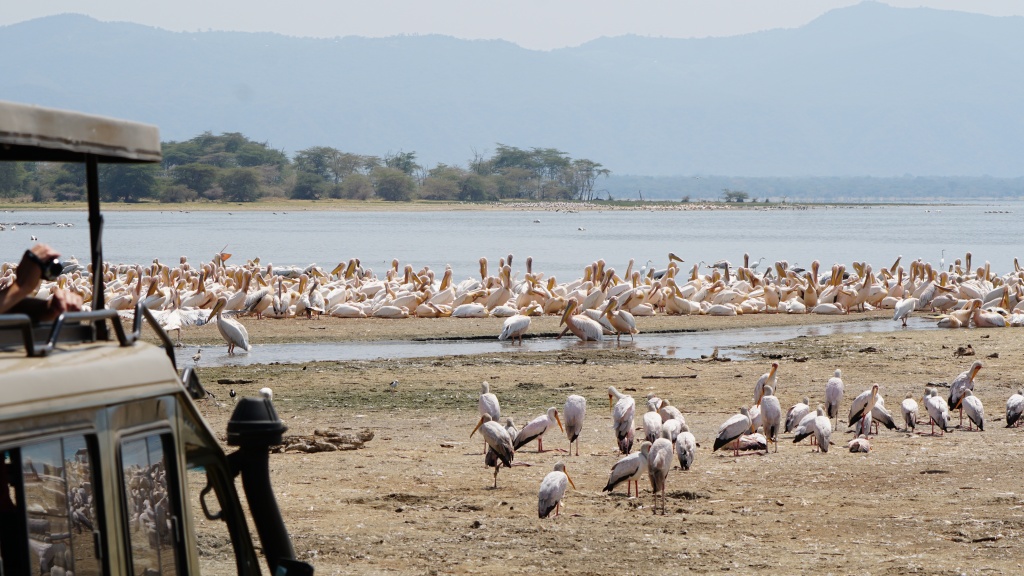
We couldn’t get too close to the pink flamingos. Like many other national parks, there are cape buffalos, zebras, and wildebeests roaming freely, resting near the lake edge as this provides the water for many animals in the area.

If you’re interested in helping the water situation in Africa, check out Matt Damon’s organization in helping families and communities provide fresh water where there is none in impoverished countries. Go to www.water.org to find out more.
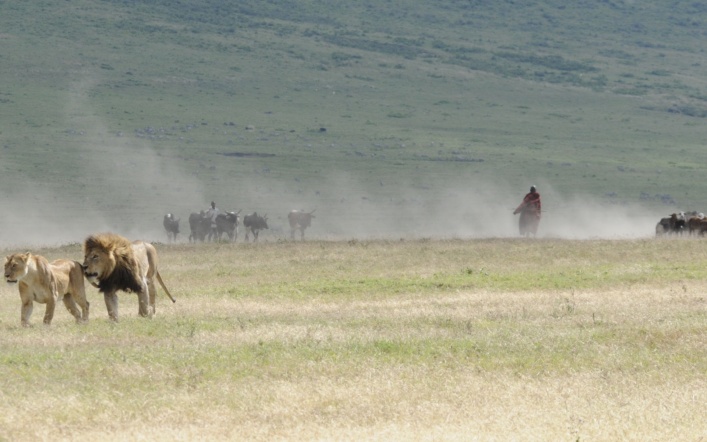
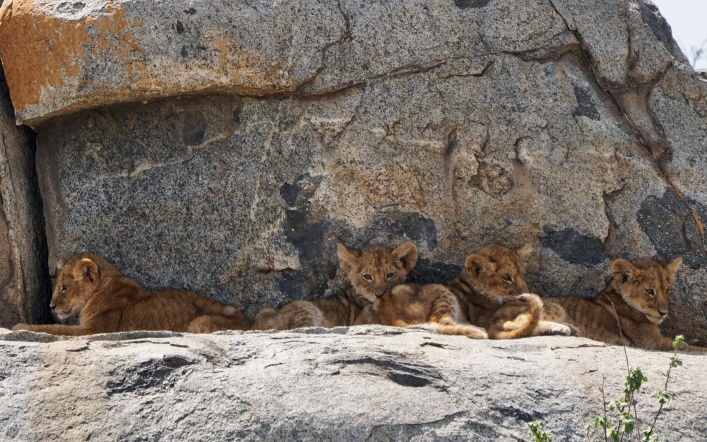
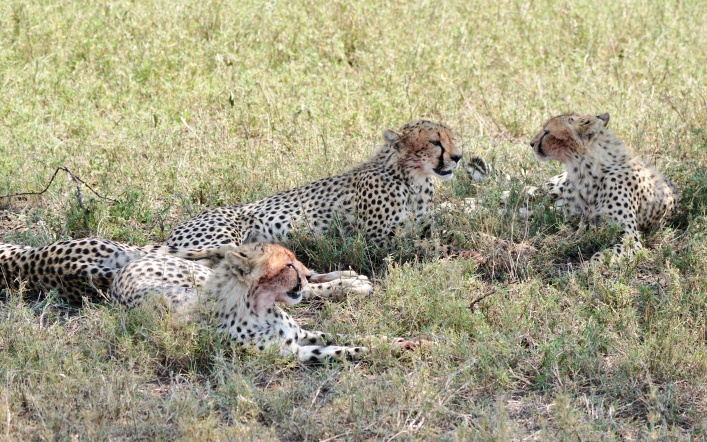

I wanted to thank you for sharing your blog. I have been following along from the beginning and am seriously considering doing the same tour or a similar one in 2021. Any tips you could share for planning (length of tour to choose, packing, type of camera, etc.) would be very much appreciated!
Hi Mary, thanks for following along. I called my travel advisor nurse at Kaiser. They can tell you what shots etc. you will need. I loved doing these two countries…Kenya and Tanzania. Earthtones are what they recommend for clothing. I went to REI and found very lightweight pants with a bunch of tops. Be comfortable. You are sitting in the jeeps all day long every day. The cameras will depend on what type of photographer you are. Many people have point and shoot cameras, iPhones, iPads, etc. Those devices will allow you to get broad shots which, in many cases, work just fine. I love photography and have a Sony Mirrorless camera with a 100-400mm zoom lens. Although sometimes I miss the broad camera shots because my lens is so big and I can’t get ready fast enough, it allows me to get very close photos of many of the animals that people with point and shoots and iPads can’t get. Tanzania was fabulous to see the lions and cheetahs. Uganda is where you go to see silverback gorillas. Kenya is fabulous to see the Masai Mara, where the animals are migrating to right now. Hope this will give you some good advice!
I have never heard of pink backed pelicans! They are beautiful. Thanks for taking us along on your adventures, without the dust and bumps and bruises!
I know! Gorgeous aren’t they?! I knew you would like them!